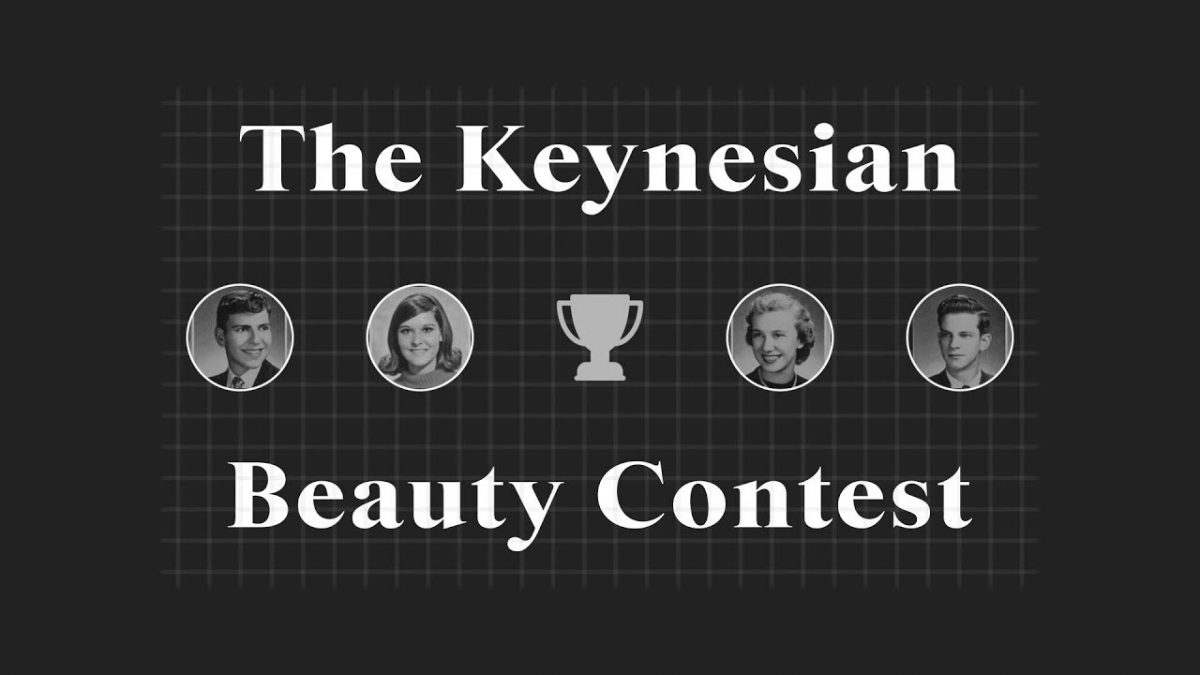Introduction
In the realm of decision-making, the Keynesian Beauty Contest is a mental model that sheds light on the intricate relationship between human psychology and rationality. Coined by renowned economist John Maynard Keynes, this concept explores how individuals make choices based not on their personal preferences but on what they believe others’ preferences to be. Understanding the Keynesian Beauty Contest is essential as it helps us recognize and navigate the biases that often drive our decisions, both in personal and professional contexts.
The Essence of the Keynesian Beauty Contest
At its core, the Keynesian Beauty Contest illustrates how people anticipate the opinions of others when making judgments or decisions. Imagine a newspaper that publishes a beauty contest and asks readers to vote for their top choice. However, instead of voting for the contestant they personally find most attractive, participants are asked to select the candidate they believe will receive the most votes from others. This model exemplifies the concept of second-order thinking, where individuals are not just focused on their own preferences but rather on predicting the preferences of others.
The Relevance in Decision-Making
The Keynesian Beauty Contest has significant implications for decision-making processes in various domains of life. By recognizing the prevalence of this mental model, we can gain valuable insights into how people’s behavior is influenced by the behavior of others. Whether in personal life decisions, business scenarios, or public policy-making, the Keynesian Beauty Contest often shapes our choices and can lead to irrational decisions that contradict our best interests.
Examples of the Keynesian Beauty Contest in Action
Personal Life Decisions:
Consider a situation where an individual is contemplating purchasing a new smartphone. Instead of solely evaluating their own preferences and requirements, they might be swayed by the popularity of certain brands or models. They might choose a smartphone not because it aligns with their needs but because they believe it is the one that others would consider the most desirable. In this case, the individual prioritizes conformity over personal satisfaction.
Business Scenarios:
Within the realm of business, the Keynesian Beauty Contest can influence investment decisions. Suppose a company is deciding which technology to adopt for their operations. If they observe that a particular technology is gaining momentum and becoming widely adopted by competitors, they might feel pressured to follow suit, regardless of whether it is the best choice for their specific needs. This tendency to conform to the perceived consensus can lead to inefficient resource allocation and missed opportunities for innovation.
Public Policy-Making:
The Keynesian Beauty Contest also holds relevance in public policy-making. Politicians and policymakers often make decisions based on public opinion polls and popular sentiment rather than conducting thorough analysis and research. They may focus on implementing policies that are politically expedient or gain popular support, even if those policies are not necessarily the most effective or beneficial in the long run. This behavior perpetuates a cycle where decisions are driven by the anticipation of public reaction rather than rational evaluation.
Psychological Biases and Underpinnings of the Keynesian Beauty Contest
The Keynesian Beauty Contest is deeply intertwined with various cognitive biases and psychological underpinnings. One crucial bias is the bandwagon effect, where people adopt beliefs or behaviors simply because others do. This bias stems from our innate desire for social acceptance and fear of missing out. Anchoring bias also plays a role as individuals tend to rely heavily on the opinions and actions of others as a reference point for their own decision-making. Additionally, the availability heuristic contributes to the contest by leading individuals to make judgments based on what is most readily available in their minds, often influenced by media coverage or social media trends.
Avoiding the Keynesian Beauty Contest
To avoid falling into the trap of the Keynesian Beauty Contest, it is essential to cultivate self-awareness and critical thinking. Here are some practical strategies
Reflect on Personal Values: Take time to understand your own preferences and priorities, independent of external influences. This introspection will help you make decisions that align with your true desires and needs.
Seek Diverse Opinions: Instead of relying solely on the opinions of the majority, actively seek out diverse perspectives. This approach encourages independent thinking and minimizes the risk of blindly following the crowd.
Conduct Independent Research: When faced with decisions, invest time in gathering relevant information and conducting objective analysis. Base your judgments on facts, data, and your own evaluation, rather than relying solely on the opinions of others.
Embrace Dissent: Encourage open dialogue and welcome dissenting viewpoints. This fosters a culture of critical thinking and helps challenge assumptions and biases, leading to more well-rounded decision-making.
Conclusion
The Keynesian Beauty Contest sheds light on the subtle dynamics that influence our decision-making processes. By recognizing this mental model and understanding the biases and psychological underpinnings associated with it, we can avoid making irrational choices that are contrary to our best interests. Through self-awareness, independent thinking, and a commitment to objective decision-making, we can navigate the complexities of the Keynesian Beauty Contest and make choices that truly reflect our own preferences and values.
